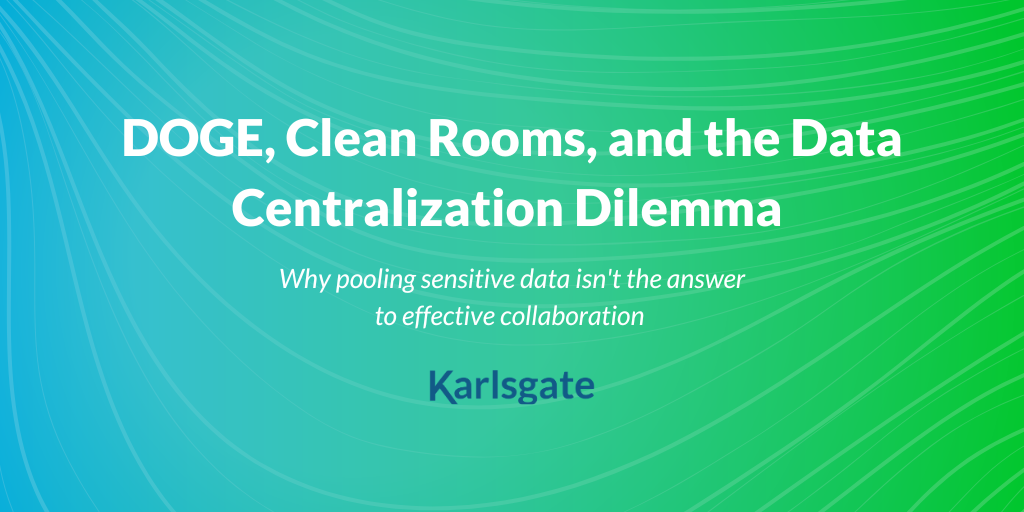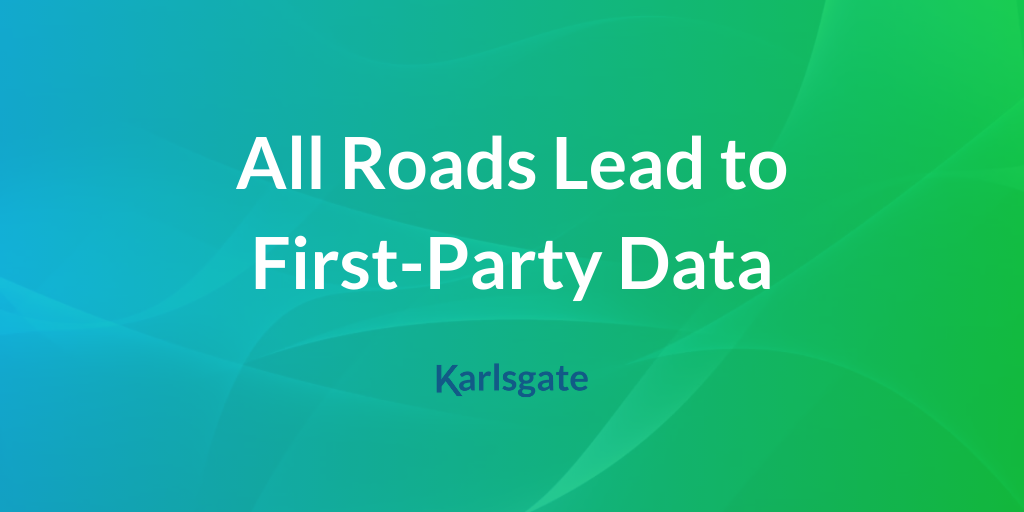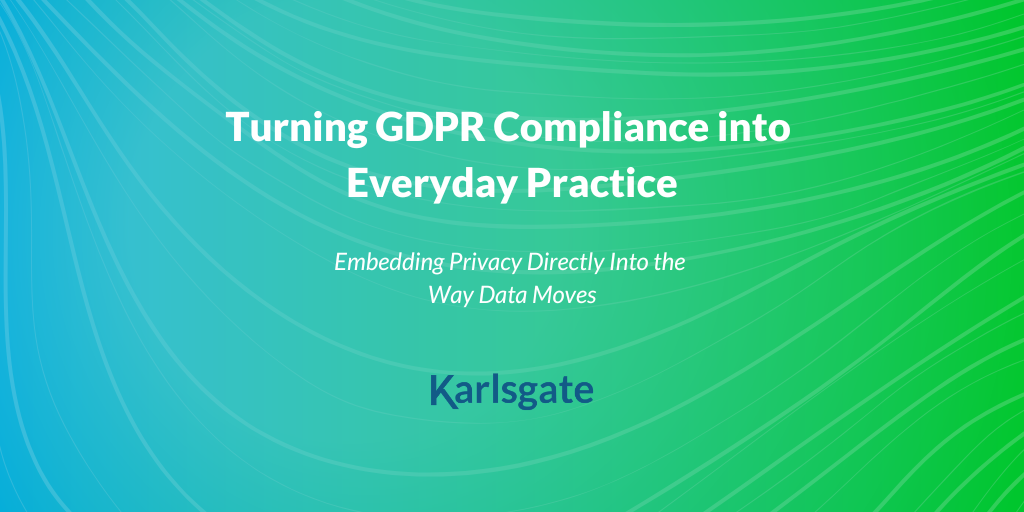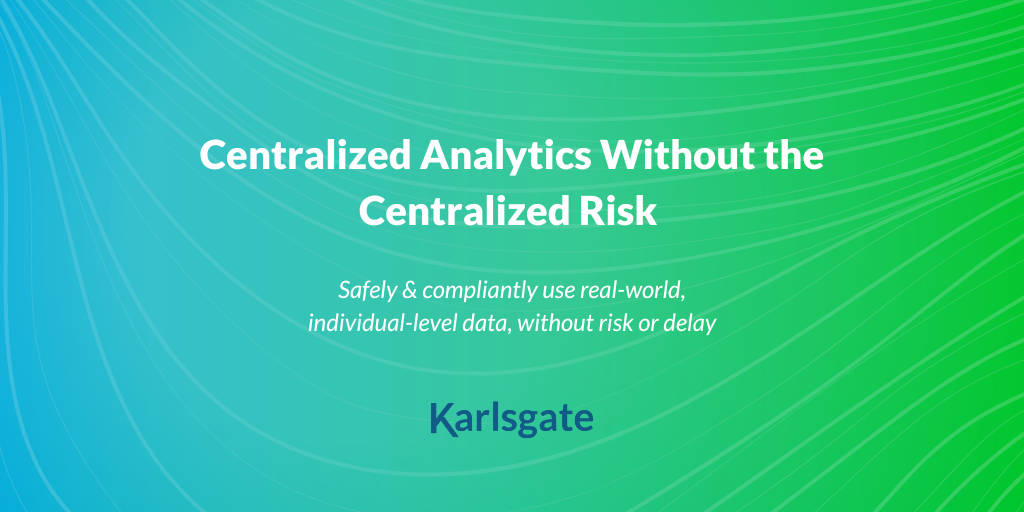Organizations are under more pressure than ever to connect data across sources, systems, and timelines. Whether for research, fraud detection, measurement, or training AI models, the ability to...
Most organizations assume that if you integrate datasets from multiple business units, you need to create a single, unified identity spine. That spine becomes the linchpin for matching records across datasets and yet a single point of failure if it’s ever breached.
The logic is simple: centralizing the data makes analysis easier.
The risk is just as simple: centralizing identity makes it more dangerous.
But there’s another way.
A Central Environment That Isn’t a Single Point of Failure
In the Karlsgate Identity Exchange (KIE) model, each business unit’s data is represented by its own node in the centralized environment, and each node uses its own encryption keys to create pseudonymized identifiers. This means the same individual will have a different identifier in each BU’s dataset in the central environment. Records can still be linked when needed, but only through KIE’s secure matching process. Permissions can be set so that no single person in the centralized team has the ability to both initiate and approve a match across nodes.
This design changes the security equation entirely:
- No identifiable data is stored in the central environment.
- Records from different files can’t be matched without going through the secure exchange.
- Even a breach yields nothing usable because the pseudonymized identifiers aren’t consistent across datasets.
On top of that, role-based controls ensure no single person can propose and accept a match across nodes, eliminating insider misuse risk.
The result is a triple layer of protection:
- No clear text identifiers, anywhere.
- Different pseudonymized keys per BU, making cross-dataset matching impossible without authorization.
- Access controls that prevent any one individual from linking data across nodes.
By removing the single point of failure that plagues most centralized models, this approach delivers the scale and speed of integrated analytics without the liability.
Why This Matters Now
Across industries, the pressure is on to bring data together in one place and make it work harder through advanced modeling and analytics.
- AI teams need connected datasets to train and refine models.
- Retail Media Networks want unified views to measure campaigns and predict customer behavior.
- Financial services providers build cross-product models to anticipate customer needs and risks.
- Healthcare organizations aggregate patient data to predict outcomes and improve care.
Traditional centralized models solve the access problem but create a new one: a single identity spine that can be exploited if breached and triggers red flags for compliance teams.
With the KIE model, organizations can centralize analytics without concentrating risk; enabling predictive model building at scale while keeping sensitive data protected by the same triple-layer safeguards described above.
About Karlsgate
Karlsgate provides privacy-first software that makes secure data collaboration simple to adopt and scale. Its patented cryptographic protocol allows partners to match records using personal information without sharing that information or moving sensitive data. Designed for real-world use, Karlsgate integrates easily into existing workflows and supports both current and post-quantum cryptographic algorithms to ensure long-term protection. Organizations use Karlsgate to reduce risk, protect data by default, and unlock its value across teams and partners without adding friction or compromising compliance.








